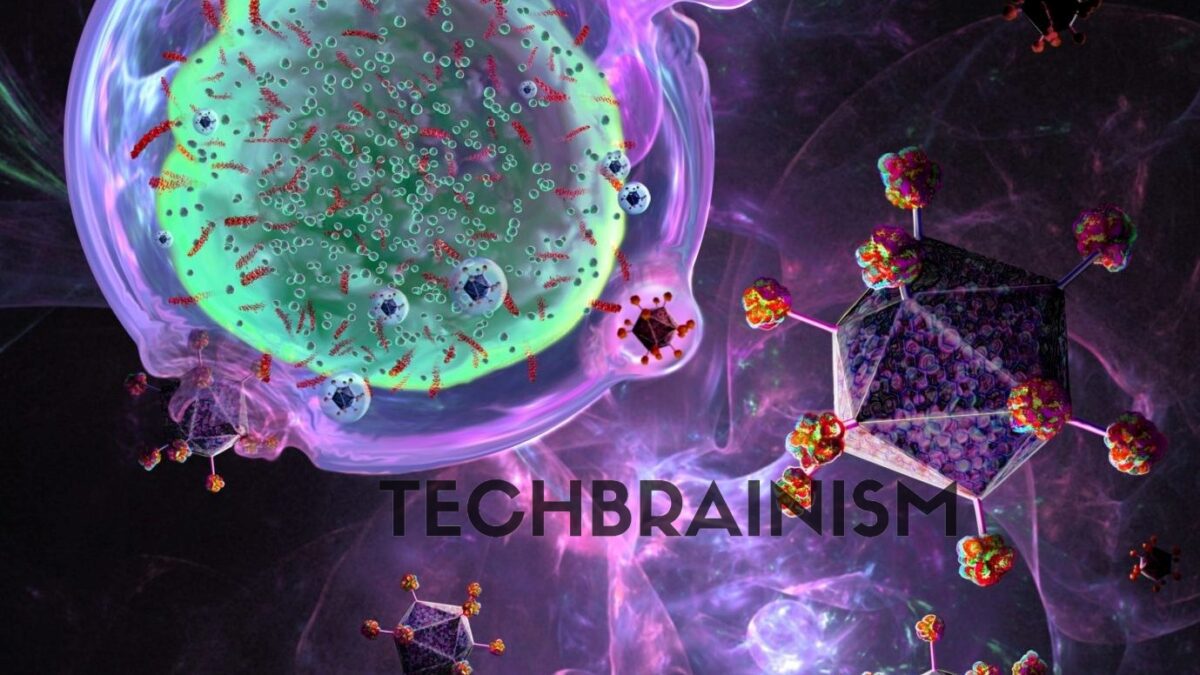- In a major development that might help surgeons more precisely target and eradicate the disease in patients, researchers have created a novel cancer therapy that destroys tiny cancer cells by illuminating them.
- The novel type of photoimmunotherapy was developed by a European team that included engineers, physicists, neurosurgeons, biologists, and immunologists from the UK, Poland, and Sweden.
- After surgery, chemotherapy, radiation, and immunotherapy, experts predict it will eventually overtake them as the sixth leading cancer treatment in the world.
- When compared to current approaches, the light-activated treatment makes cancer cells glow in the dark, allowing surgeons to remove more tumours.
- Once the surgery is over, the residual cancer cells are quickly destroyed. The innovative medication lighted up even the smallest cancer cells to aid in their removal during a world-first study in mice with glioblastoma, one of the most prevalent and severe kinds of brain cancer. It then cleared away any remaining cancer cells.


- Trials of the novel form of photoimmunotherapy, directed by the Institute of Cancer Research, London, also demonstrated that the therapy elicited an immune response that might prepare the immune system to target cancer cells in the future, indicating that it might prevent the recurrence of glioblastoma after surgery. The novel therapy for the paediatric cancer neuroblastoma is now being researched as well.
- According to the study’s principal investigator, Dr. Gabriela Kramer-Marek, “brain tumours like glioblastoma may be difficult to cure and, tragically, there are too few therapeutic choices for patients.” The position of the tumours makes surgery difficult, therefore developing new techniques to identify tumour cells that should be removed during surgery and to treat any leftover cancer cells thereafter might be very beneficial.
- “Our work demonstrates that a new photoimmunotherapy treatment employing a combination of a fluorescent marker, affibody protein, and near-infrared light may both identify and cure residual glioblastoma cells in mice,” the team leader for preclinical molecular imaging at the ICR said. We anticipate using this strategy to treat human glioblastoma as well as maybe other tumours in the future.
- The treatment combines a cancer-targeting substance with a unique luminous colour. The combination was demonstrated in a mouse experiment to significantly increase the visibility of cancer cells after surgery and, when triggered later by near-infrared light, to provide an anti-tumor impact.


- The unique procedure, according to researchers from the ICR, Imperial College London, the Medical University of Silesia in Poland, and the Swedish firm AffibodyAB, may make it easier for surgeons to remove difficult tumours, such those in the head and neck.
- The partnership between Cancer Research UK Convergence Science Centre at the ICR and Imperial College London, which brings together international scientists from engineering, physical, and life sciences specialties to find cutting-edge ways to combat cancer, provided the majority of funding for the joint endeavour.
- “Multidisciplinary working is critical to finding novel approaches to address the challenges we face in cancer research, diagnosis, and treatment – and this study is a great example,” said Prof. Axel Behrens, head of the ICR’s cancer stem cell team and scientific director of the Cancer Research UK Convergence Science Centre.
- This study presents a unique strategy for locating and treating glioblastoma cells in the brain by utilising light to change an immune-suppressive milieu into an immune-vulnerable one. This strategy offers tremendous promise as a treatment for this aggressive kind of brain tumour.
- The four main types of cancer treatment available today—surgery, chemotherapy, radiotherapy, and immunotherapy—mean that more people who are diagnosed with the disease can be treated successfully and a significant number can live healthily for many years. This is the result of decades of progress in the treatment of cancer.
- The close proximity of some tumours to the body’s important organs, however, necessitates the development of novel cancer therapies in order to reduce the possibility of damaging the body’s healthy tissues. According to experts, photoimmunotherapy could be the solution.


- Glioblastoma surgery can leave behind tumour cells that can be very difficult to cure, which means the illness can later recur more aggressively when tumours develop in sensitive parts of the brain like the motor cortex, which is involved in the planning and control of voluntary movements.
- The brand-new therapy makes use of artificial molecules called affibodies. These small proteins were created in a lab to precisely interact with a target protein, in this case a protein called EGFR that is frequently altered in glioblastoma patients.
- The mice were subsequently given the antibodies together with the fluorescent chemical IR700 prior to surgery. The dye began to glow when light was shone on the substances, illuminating minuscule areas of brain tumours for removal by brain surgeons. The residual cells were destroyed by the laser’s transition to near-infrared light, which activated anti-tumor action.
- According to Dr. Charles Evans, the research information manager at Cancer Research UK, “photoimmunotherapies might assist us to target the cancer cells that can’t be eliminated during surgery, which may help individuals survive longer following their treatment.”
- He stated that there were still technical difficulties to be solved, such as how to use near-infrared light to penetrate a tumour in its whole, but he added that he was “eager to see how this study will progress.”
Somdutt Pandey
A geek who has keen interest in cooking delicious news and stuff related to latest tech explorations and gadgets reviews.

